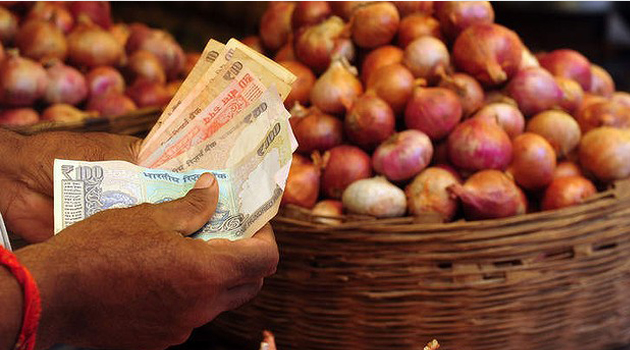The basic formula for an economy’s Gross Domestic Product (GDP) is a function of consumption or consumer spending which is the biggest component of an economy, capital investments by businesses and households, Government spending and net exports. Net exports is determined by the value of exports less imports into a country. It is thus evident that the higher the value of net exports, the higher a nation’s GDP.
However, a weakening shilling is not necessarily bad for the economy. Local exporters will seem to be in for more gains as the shilling weakens further due to the exchange gain they get once paid using dollars. But is this sustainable in the long run? These companies are also incurring other costs in terms of operations, processing, packaging as well as staff costs. Processing requires state of the art machinery which needs to be regularly serviced to ensure that quality helps the firm stay ahead of its competitors. In as much as exporting companies continue to benefit from a weakening shilling, there are other inevitable costs that will consume the realized profits.
The exchange rate level is a key consideration for most central banks when setting monetary policy. At the close of September 2015, the Kenya shilling traded at a high of Kenya Shillings 105 against the US dollar. In a bid to curb inflation, the CBK’s monetary policy committee has maintained its benchmark interest rate at 11.5 per cent since July 2015.
The spiraling effect is that the interest rates have astronomically increased. High-interest rates are meant to control price increases by raising the cost of money hence reducing the spending capacity of households and businesses. Commercial banks’ lending rates have in recent weeks risen to highs of 27% from 17% at the beginning of the year. This, in turn, has an effect on the cost of servicing existing debt whereas the incentive to take on new credit declines. The prevailing high-interest rates have wiped out otherwise improved operating profits for a number of firms.
Low-interest rates are very strongly linked to economic growth as they increase the availability of affordable credit for investment and consumption resulting in an increase in the overall rate of economic activity in a country.
It is evident that the disadvantages outweigh the advantages and the big question is what needs to be done to strengthen the Kenya shilling. There are many measures that the government can take to get Kenya’s “economic plane” safely off the ground. In a bid to control inflation, the CBK has already maintained high-interest rates. It has been argued by economic gurus that investments is a function of interest rates. With an increase in interest rates, borrowing becomes more expensive and the demand for money to meet speculative motive will reduce; with a decrease in interest rates, borrowing becomes cheaper.
By Gideon Rotich – Manager, Tax Services PwC Kenya


































